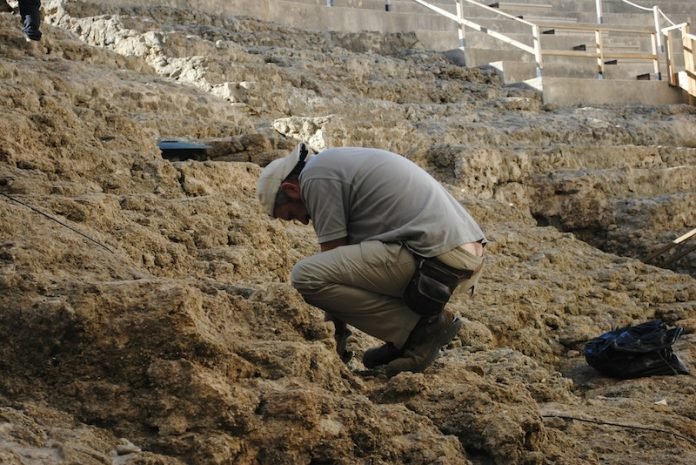
In a recent study, a team of scientists in central Germany made a groundbreaking discovery. They found ancient bone fragments at a site near a small town called Ranis.
These bones were special because they proved something incredible: modern humans, known as Homo sapiens, were living in Northern Europe 45,000 years ago. This was a time when our ancient cousins, the Neanderthals, were still around.
The site at Ranis is quite famous for its old stone tools, which are shaped like leaves. These tools were part of a culture that existed across parts of Europe, and they are some of the oldest examples of human Stone Age culture in the region.
This discovery was important for another reason too. It showed that modern humans and Neanderthals lived together for thousands of years. In fact, they even had children together sometimes!
This overlapping of species makes some people think that when modern humans moved into Europe and Asia about 50,000 years ago, they might have played a role in the Neanderthals’ disappearance.
The scientists published their findings in three different research papers. They didn’t just look at the bones; they also used many other scientific methods to learn more about the site and the people who lived there.
One of the researchers, Elena Zavala, played a big part in this study. She worked at the Max Planck Institute for Evolutionary Anthropology in Leipzig and was a student when she started on this project.
Jean-Jacque Hublin, who led the project, said that the tools they found at Ranis, which were previously thought to be made by Neanderthals, were actually made by modern humans. This was a big change in how we understand history.
Zavala focused on studying the DNA from these old bones. She found that most of the bone fragments had similar DNA, which meant they probably came from the same family.
Another researcher, Dorothea Mylopotamitaki, helped identify the bones as human using a technique called paleoproteomics.
By comparing the DNA from Ranis with other ancient human remains, the team could map out a family tree of early humans in Europe. They found connections to people who lived in other parts of Europe around the same time.
The site also gave clues about the environment and the animals that lived there, like reindeer and woolly rhinoceros. It seems the area was very cold, like Siberia or northern Scandinavia today.
The humans who lived there ate these large animals. The cave was also used by bears and hyenas, and it seems that humans only stayed there sometimes.
The Ranis site was first studied a long time ago, in the 1930s. Back then, they found stone tools and some bone chips. But with modern technology and new excavations, the team discovered even more.
They found that the site was an important place to understand the transition from the time of the Neanderthals to the time of modern humans in Europe.
The team also used radiocarbon dating to figure out how old the bones and tools were. They found that humans were probably living in the Ranis cave from around 47,500 years ago.
This changed our understanding of when and how humans settled in Europe, especially in the areas north of the Alps.
In conclusion, the discoveries at Ranis are not just about old bones and tools. They are about the journey of our ancestors, the challenges they faced, and how they lived alongside, and even with, other human species.
This story connects us to our deep past and helps us understand the complex tapestry of human history.
The research findings can be found in Nature.
Copyright © 2024 Knowridge Science Report. All rights reserved.



